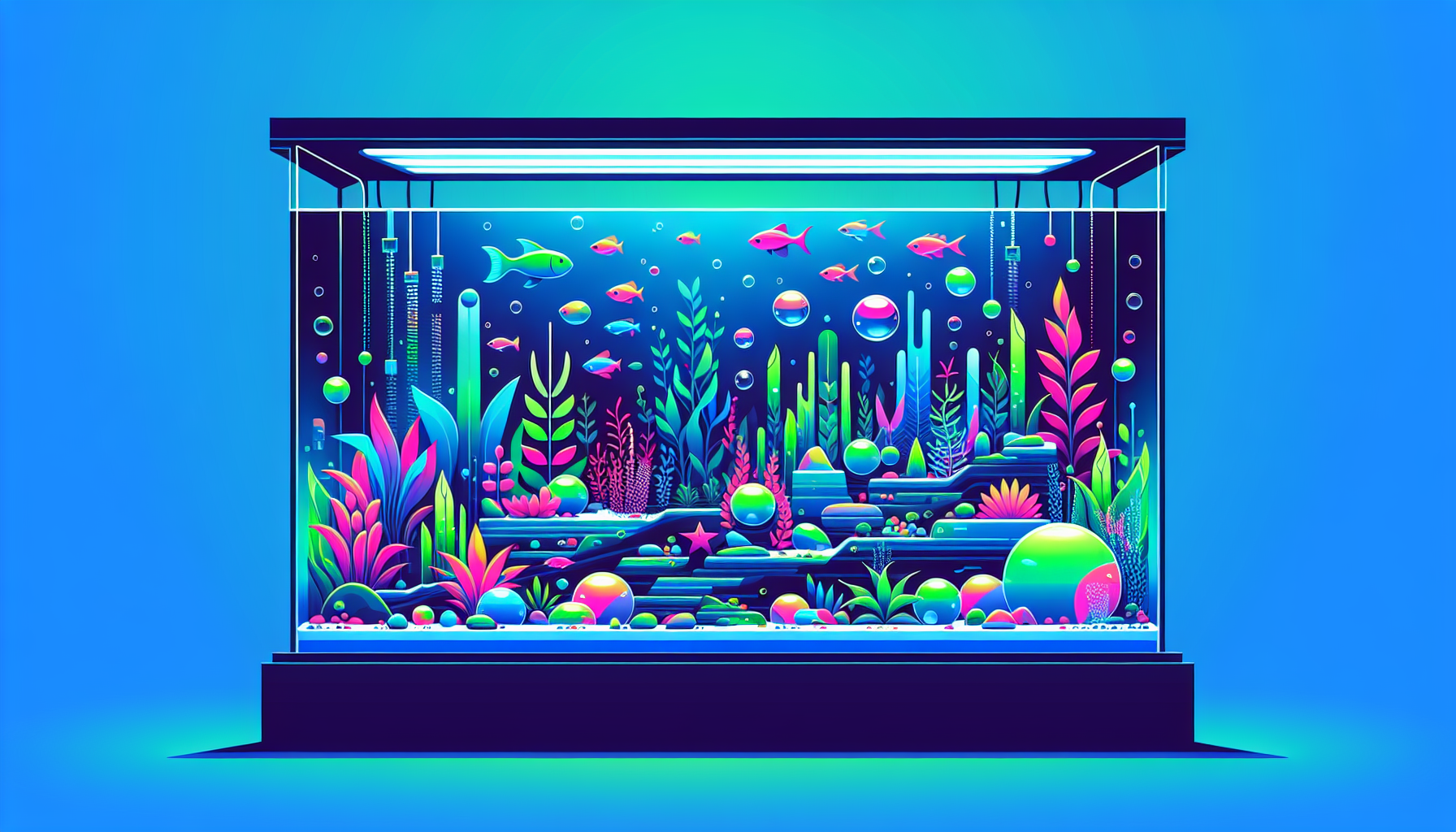The Ultimate Beginner’s Guide to Aquascaping: Tips for Stunning Aquarium Designs
Have you ever been captivated by the serene underwater landscapes in planted tanks and wondered how to create your own? Aquascaping—the art of arranging aquatic plants, rocks, wood, and substrate in an aquarium—is both a creative outlet and a rewarding hobby. Whether you’re new to aquarium setups or dreaming of building a lush planted tank, this beginner’s guide will help you start your aquascaping journey with confidence!
What is Aquascaping?
Aquascaping means designing aquatic landscapes within an aquarium. It’s not just about growing aquatic plants—it’s about crafting miniature, underwater worlds. From nature-style aquascapes that mimic forests and mountains, to minimalist Iwagumi layouts with striking rock formations, aquascaping brings artistry and nature together.
Why Start Aquascaping?
- Enhances the beauty of any room
- Stimulates creativity and mindfulness
- Promotes a healthy environment for fish
- Offers a rewarding, hands-on hobby
Essential Aquascaping Equipment
Before you get started, gather the essential tools for your aquascape:
- Aquarium tank: Choose a size appropriate for your space and skill level.
- Filtration system: Maintains water quality and clarity.
- Lighting: Vital for plant growth—consider LED lights designed for planted tanks.
- CO2 system: Optional, but enhances plant health and vibrant growth.
- Heater: Keeps water temperature stable for tropical aquascapes.
- Aquascaping tools: Tweezers, scissors, and substrate spatulas make arranging plants and hardscape easy.
Choosing Your Aquascape Style
One of the first steps is selecting your layout style. The most common aquascaping styles include:
Nature Aquarium
Mimics natural terrestrial landscapes using driftwood, rocks, and live plants.
Iwagumi
Focuses on simplicity and the artful placement of stones, usually using a limited number of plant species.
Dutch Style
Showcases vibrant, dense plant groupings with little to no hardscape.
Planning Your Aquascape Layout
A winning aquascape starts with a solid plan. Consider sketching your design and researching inspiration. Key layout principles include:
- The Rule of Thirds: Place focal points at grid intersections to create balance.
- Depth Creation: Use sloped substrate, contrasting colors, and small-leaved plants at the back to enhance perspective.
- Hardscape Arrangement: Rocks and wood should look natural, with some pieces partially buried.
Selecting Plants and Hardscape Materials
Aquatic Plants
Choose beginner-friendly plants like Java Fern, Anubias, Crytocoryne, or Amazon Sword. Consider plant placement—foreground, midground, or background—based on their growth habits.
Hardscape
Common materials include:
- Rocks: Seiryu stone, lava rock, dragon stone
- Driftwood: Spider wood, manzanita, branch wood
- Substrate: Nutrient-rich soil for plant roots
Step-by-Step Aquascaping Process
- Preparation: Rinse hardscape and substrate to remove dust or debris.
- Layout: Arrange hardscape and substrate before filling the tank with water.
- Planting: Use tweezers for easy planting. Mist plants to keep them moist.
- Filling: Slowly fill the aquarium with water to avoid disturbing the layout.
- Cycle: Allow your aquarium to establish a nitrogen cycle before adding fish.
Care and Maintenance Tips
- Perform weekly water changes to maintain water quality.
- Trim plants regularly to prevent overgrowth and promote bushier growth.
- Monitor CO2 and nutrient levels if using a planted tank fertilizer.
- Keep algae in check by not overfeeding and adjusting light duration.
For more details on long-term care, visit our Aquascape Maintenance Guide.
Common Beginner Mistakes to Avoid
- Choosing incompatible plant or fish species
- Neglecting water quality and cycling
- Using poor lighting for plants
- Overcrowding the tank with decorations
Check our aquascaping tips section for detailed solutions!
Join the Aquascaping Community!
Aquascaping is fun and even more rewarding when you share your progress. Show off your creations or join our online community to ask questions and get feedback from fellow enthusiasts.
Conclusion
Starting your aquascaping journey is easier than you think! With some basic knowledge, creativity, and a little patience, you can create a mesmerizing underwater world. For more expert guides and inspiration, don’t miss our beginner aquascaping resources.
Ready to create your first aquascape? Reach out with questions or share your progress with our community today!



